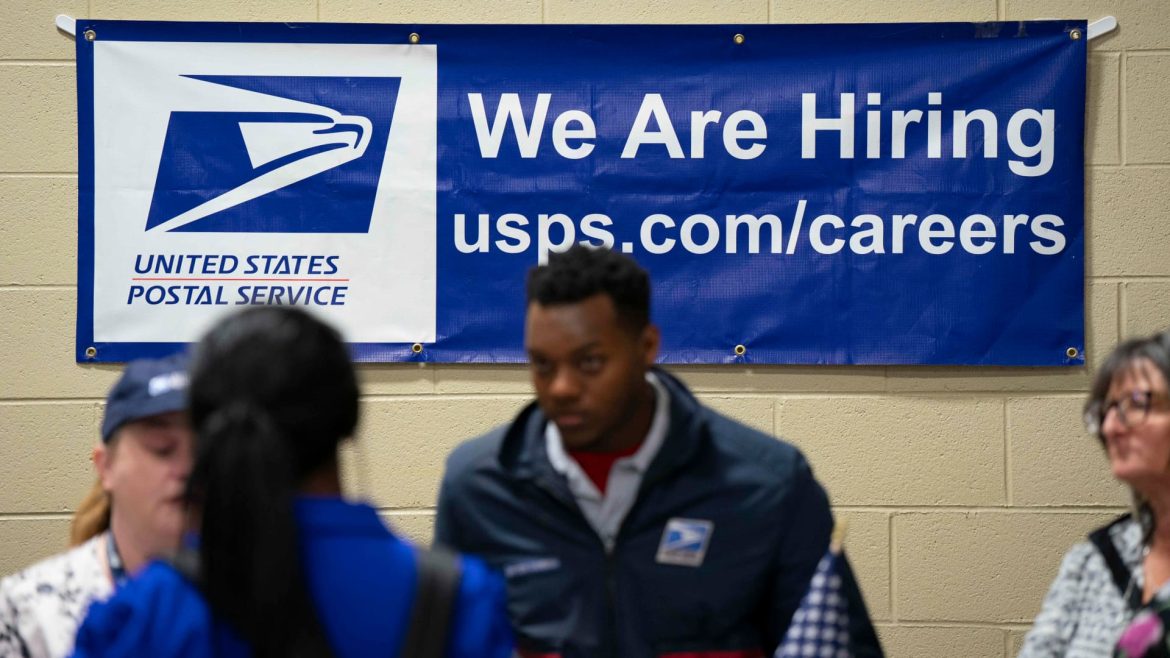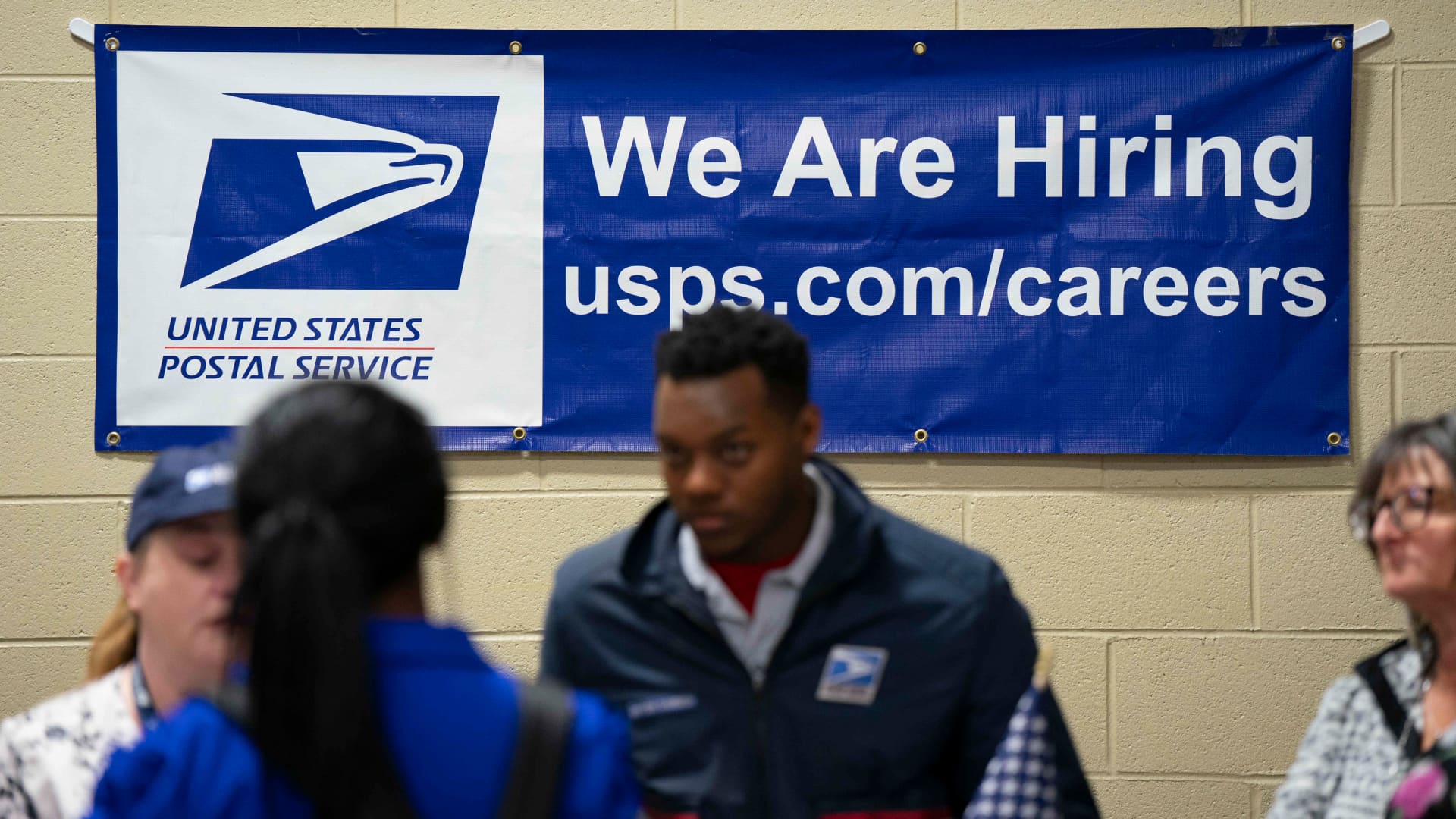Analysis of the U.S. Labor Market: May 2025 Jobs Report
The May 2025 U.S. jobs report provides a detailed snapshot of the nation’s labor market amid continuing economic headwinds. Employers added 139,000 nonfarm payroll jobs last month, surpassing the consensus forecast of approximately 125,000 to 126,000 jobs. Despite this somewhat stronger than expected payroll growth, the figures also reflect a modest slowdown compared to previous months, signaling a cooling labor market.
Payroll Growth: More Than Expected, But Slowing
In May, the U.S. labor market added 139,000 jobs, a gain that exceeded economists’ forecasts but was lower than the upwardly revised 147,000 jobs added in April. This pattern shows that while employment growth remains positive, it is decelerating. For context, the April figure itself was down from earlier months, and March had registered higher job growth of around 177,000. This deceleration suggests employers are becoming more cautious in their hiring decisions.
Several factors contribute to this cooling momentum. Ongoing uncertainty surrounding President Trump’s broad import tariffs, federal staffing reductions, and a more aggressive immigration policy appear to have introduced a level of caution in employment expansions. Businesses are likely weighing these geopolitical and policy shifts along with concerns about the broader economic outlook before committing to new hires.
Unemployment Rate: Steady at Historic Lows
Despite slower job creation, the unemployment rate held steady at 4.2% in May, a rate unchanged since April and one that remains near historic lows. This stability in unemployment indicates that the labor market is still relatively tight. A low unemployment rate generally points to ample demand for workers and tends to give employees stronger bargaining power, fueling wage pressure over time.
However, the report also notes some subtle shifts beneath the surface: the workforce participation rate experienced some minor contraction, indicating that some people may be leaving the labor market or delaying their job search. This decline in labor force participation can artificially maintain a low unemployment rate even if overall employment acceleration is slowing.
Sectoral Trends: Where Jobs Are Growing
Employment gains continue to be concentrated in sectors like healthcare, transportation and warehousing, financial activities, and social assistance. These areas reflect structural economic shifts toward services and logistics, including increased demand for healthcare services as the population ages and for transportation due to rising e-commerce activity.
Conversely, some sectors showed signs of stagnation or reduced hiring enthusiasm, likely influenced by tariff-related uncertainties and government staffing cuts. Federal government layoffs, in particular, hint at a retrenchment in public sector hiring, which could ripple through local economies.
Implications for the Economy and Future Outlook
The May jobs report paints a complex picture of the U.S. labor market balancing resilience and caution. The economy is still generating jobs at a pace above many forecasts, suggesting underlying strength. However, the slowing pace raises questions about the sustainability of job growth amid turbulent political and economic conditions.
Employers’ marked caution points to uncertain future investment and hiring intentions. Tariff policies and immigration enforcement are significant variables that could intensify the labor market slowdown if they deter business confidence or consumer demand. Moreover, a shrinking labor force may constrain potential growth, signaling that a tight job market might persist but without robust expansion.
Federal Reserve policymakers and market watchers will likely interpret these data as indicative of a gradually cooling economy—strong enough to avoid recession concerns but signaling a need for vigilance about potential headwinds ahead.
—
Conclusion: Navigating a Nuanced Labor Market
The May 2025 employment data underscores a U.S. labor market operating at full capacity but confronting emerging challenges. While job growth remains positive and the unemployment rate stable at a historically low level, the incremental slowdown and ongoing uncertainties cannot be overlooked. Businesses are adapting to a shifting economic landscape marked by tariffs, government workforce changes, and immigration policy shifts.
Looking ahead, this blend of factors suggests a labor market in transition—one that requires careful monitoring. A key takeaway is that while the headline job gains exceed expectations, the underlying momentum is tempering. This nuanced environment calls for measured optimism as the U.S. economy navigates the balance between steady employment and cautious growth in a complex global and political context.





